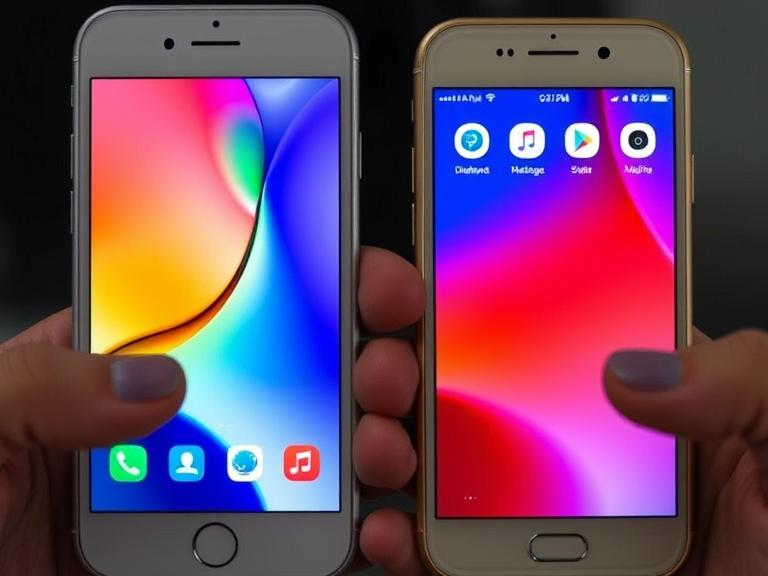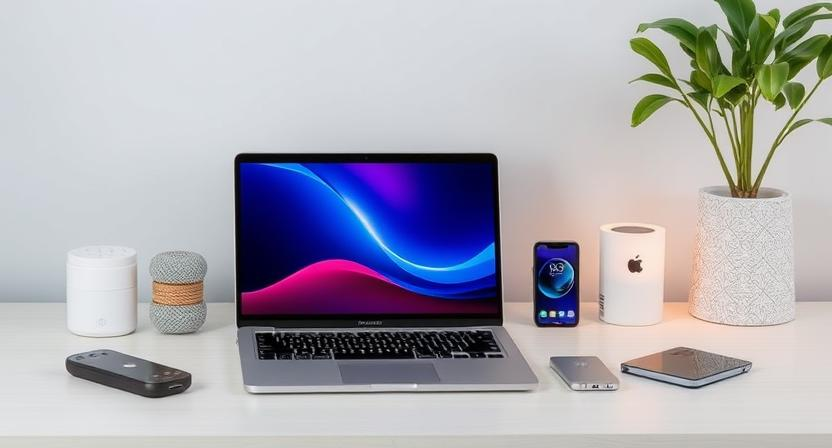Your basket is currently empty!

Smartphones have gone through a dramatic transformation in just a few decades. What started as a simple mobile calling device is now a powerful handheld computer capable of photography, gaming, navigation, video conferencing, and more.
The past: The first mobile phones were bulky, heavy, and had limited features. Devices like the Motorola DynaTAC (1980s) could only make calls. By the early 2000s, phones became smaller and gained basic texting, cameras, and games (like Snake). The BlackBerry introduced email on the go, while the Nokia 3310 became a cultural icon for its durability.
The turning point came in 2007 with the release of the first iPhone. It introduced the idea of a multi-touch screen, app store, and sleek design. Android soon followed, sparking an innovation race that continues to this day.
The present: Today’s smartphones are incredibly advanced. They have AI-powered cameras, OLED displays, biometric security, 5G connectivity, and high-performance processors. Some devices rival laptops in power and offer features like wireless charging, water resistance, and desktop modes.
The future: Foldable smartphones are already making waves, blending tablet and phone functionality. Meanwhile, AR capabilities, satellite connectivity, and even holographic displays may redefine smartphone experiences. Voice and gesture control may replace touchscreens. There’s also talk of smartphones disappearing entirely, replaced by wearables or AR glasses.
The smartphone’s evolution reflects our growing need for speed, convenience, and connectivity. While the shape may change, one thing’s certain: the smartphone’s influence on our lives will only deepen in the years ahead.

Leave a Reply